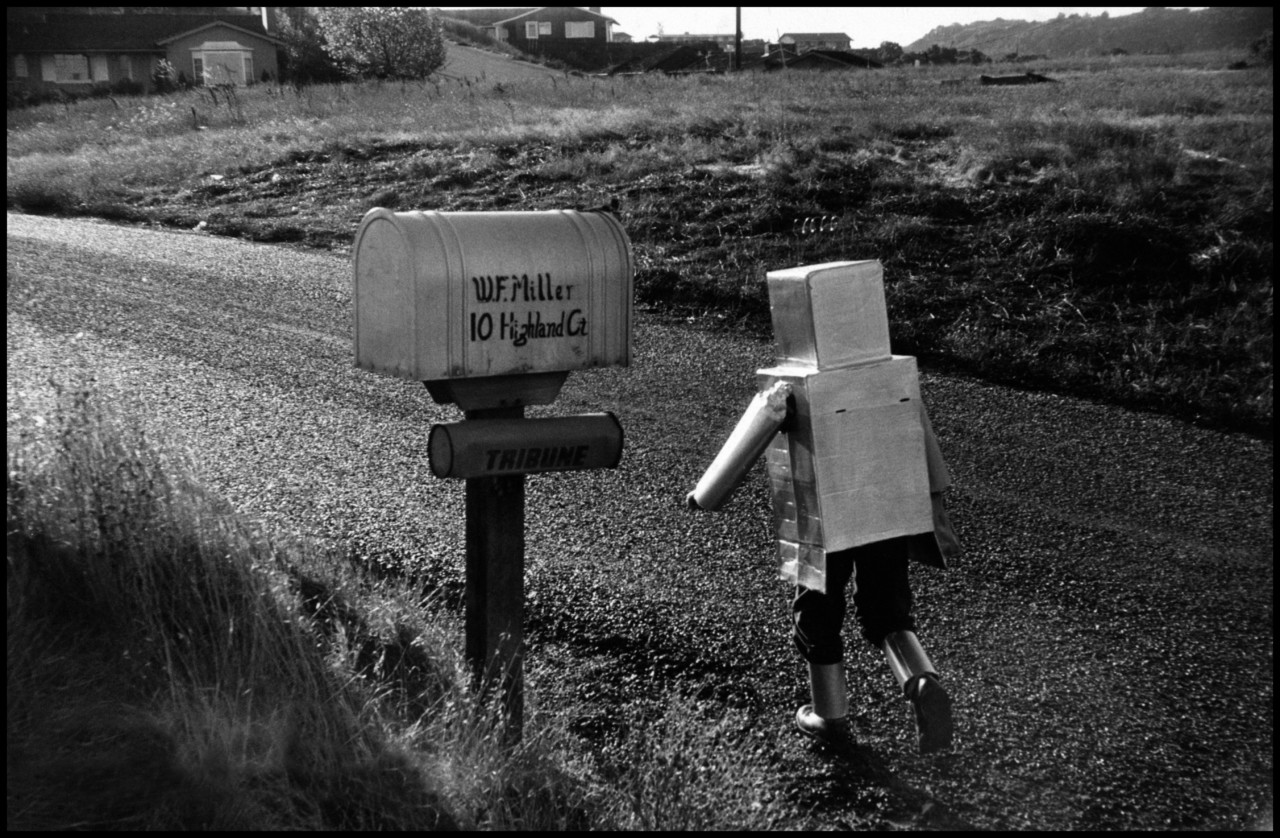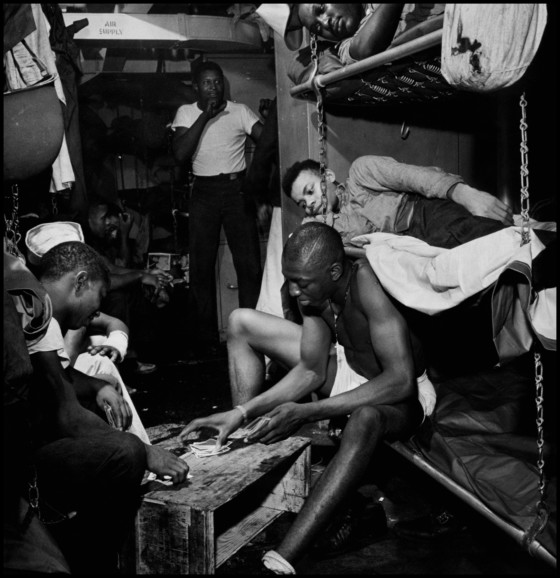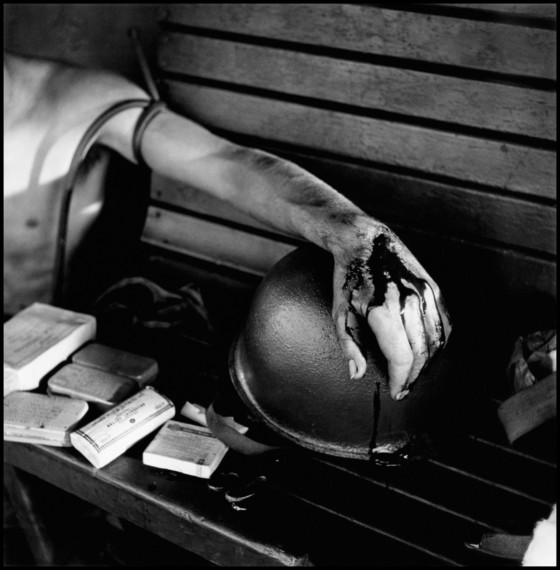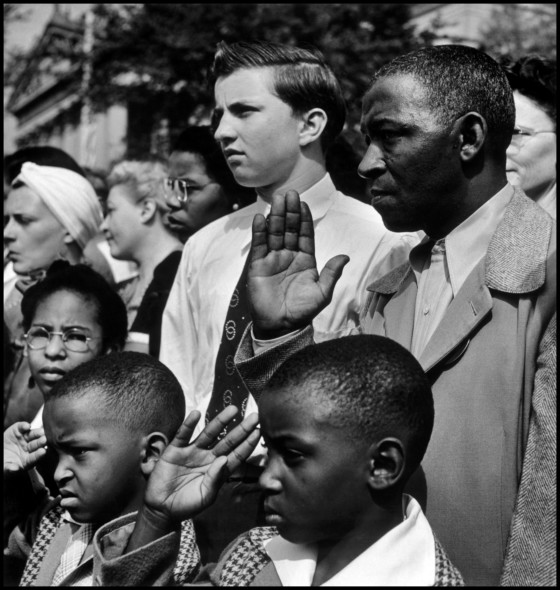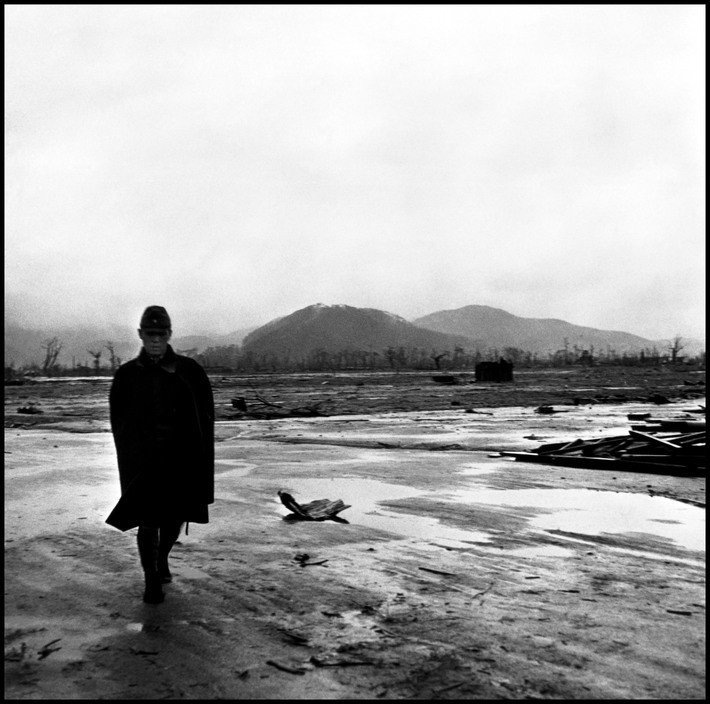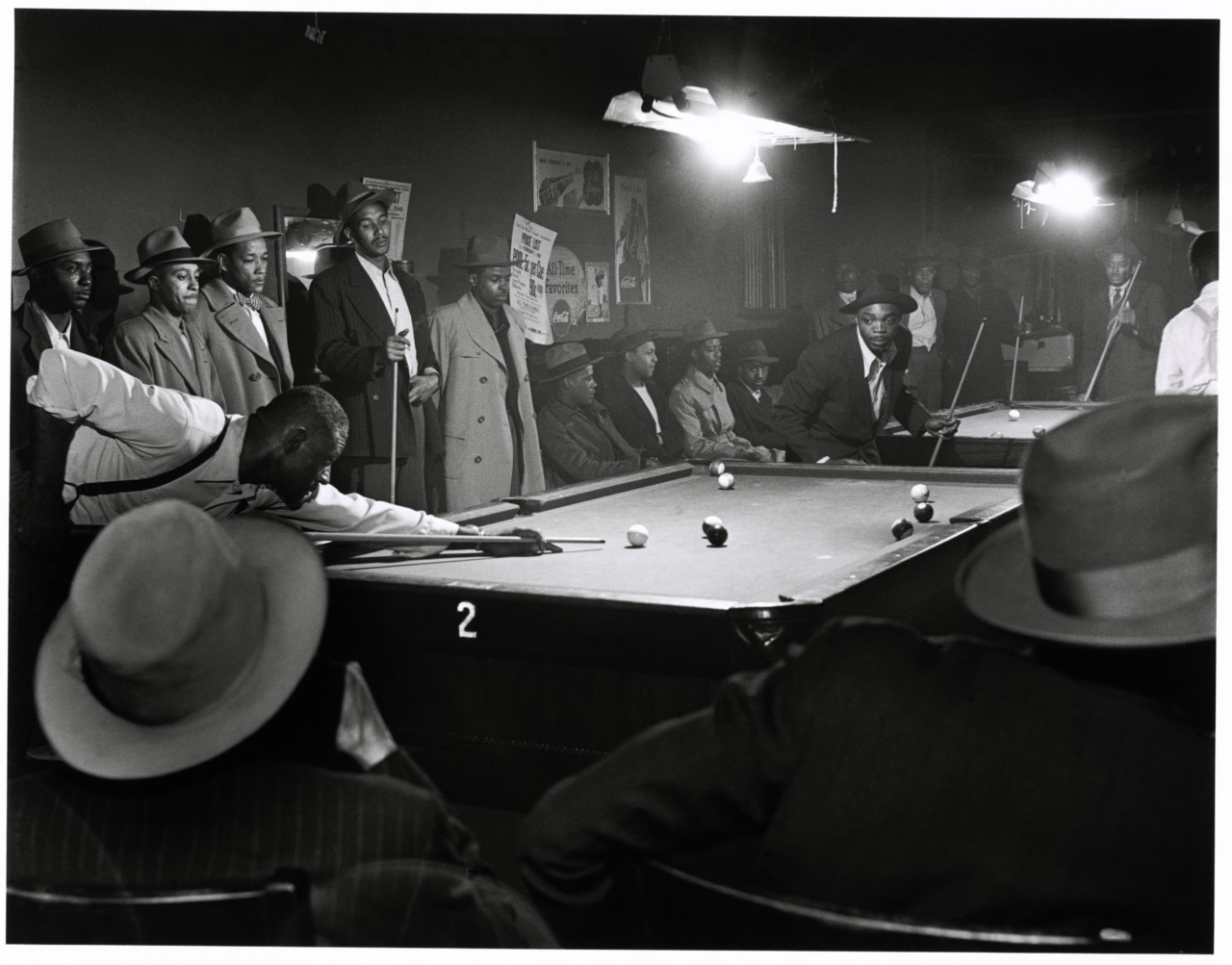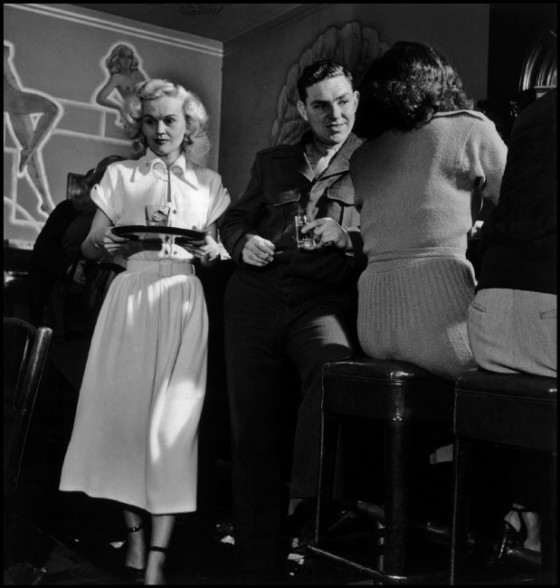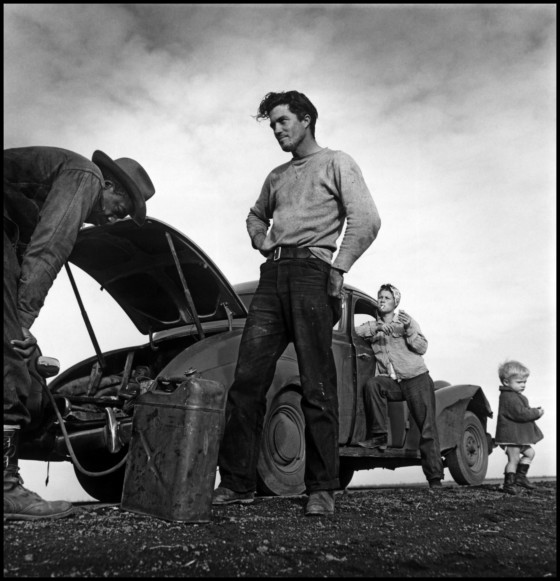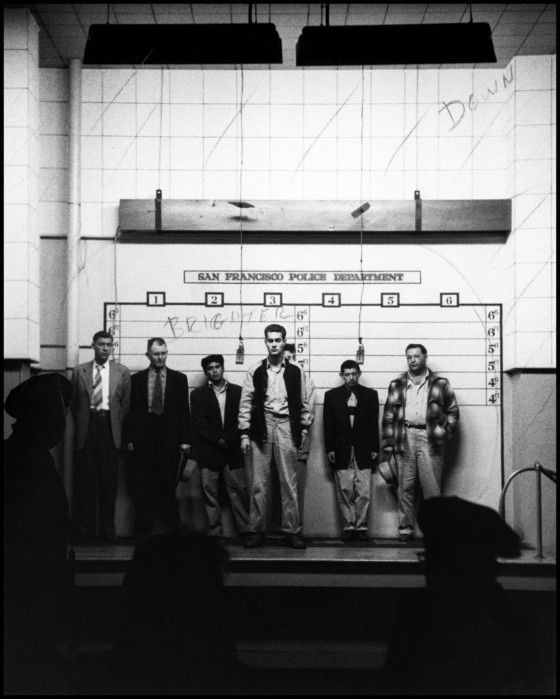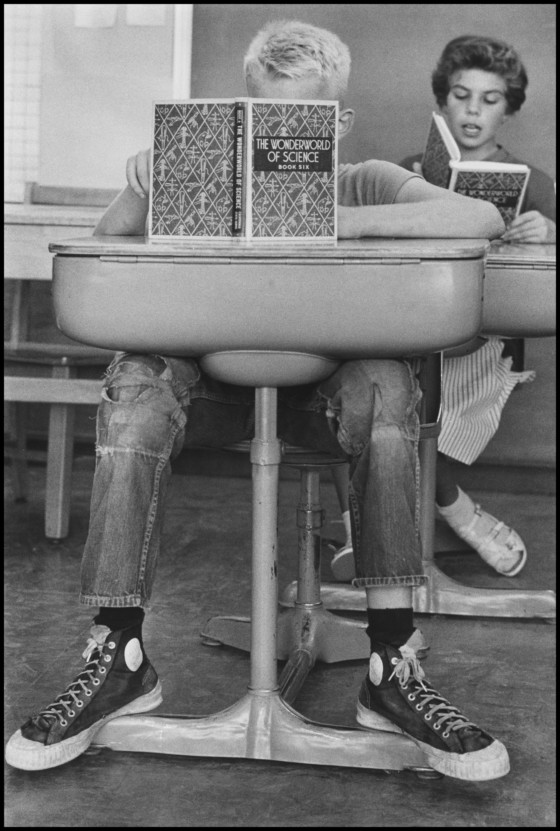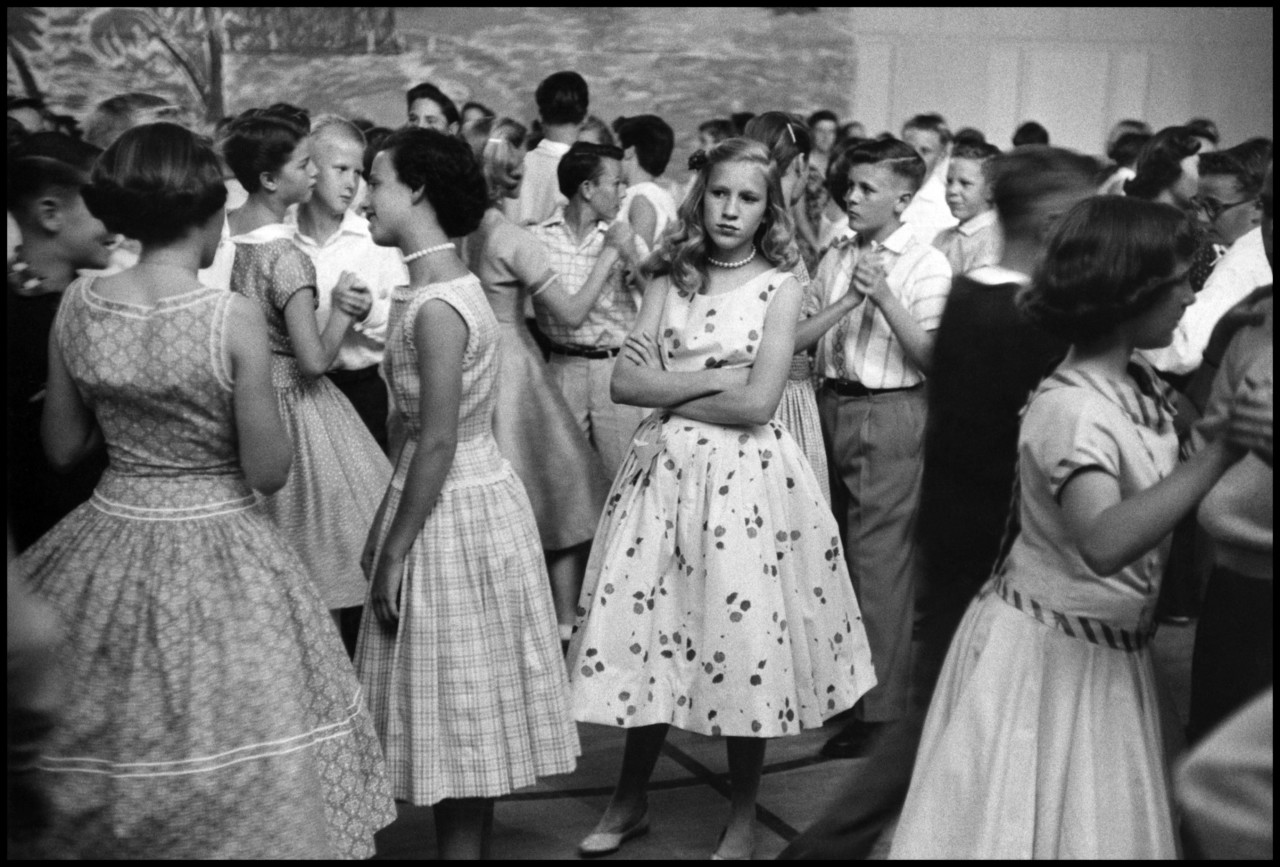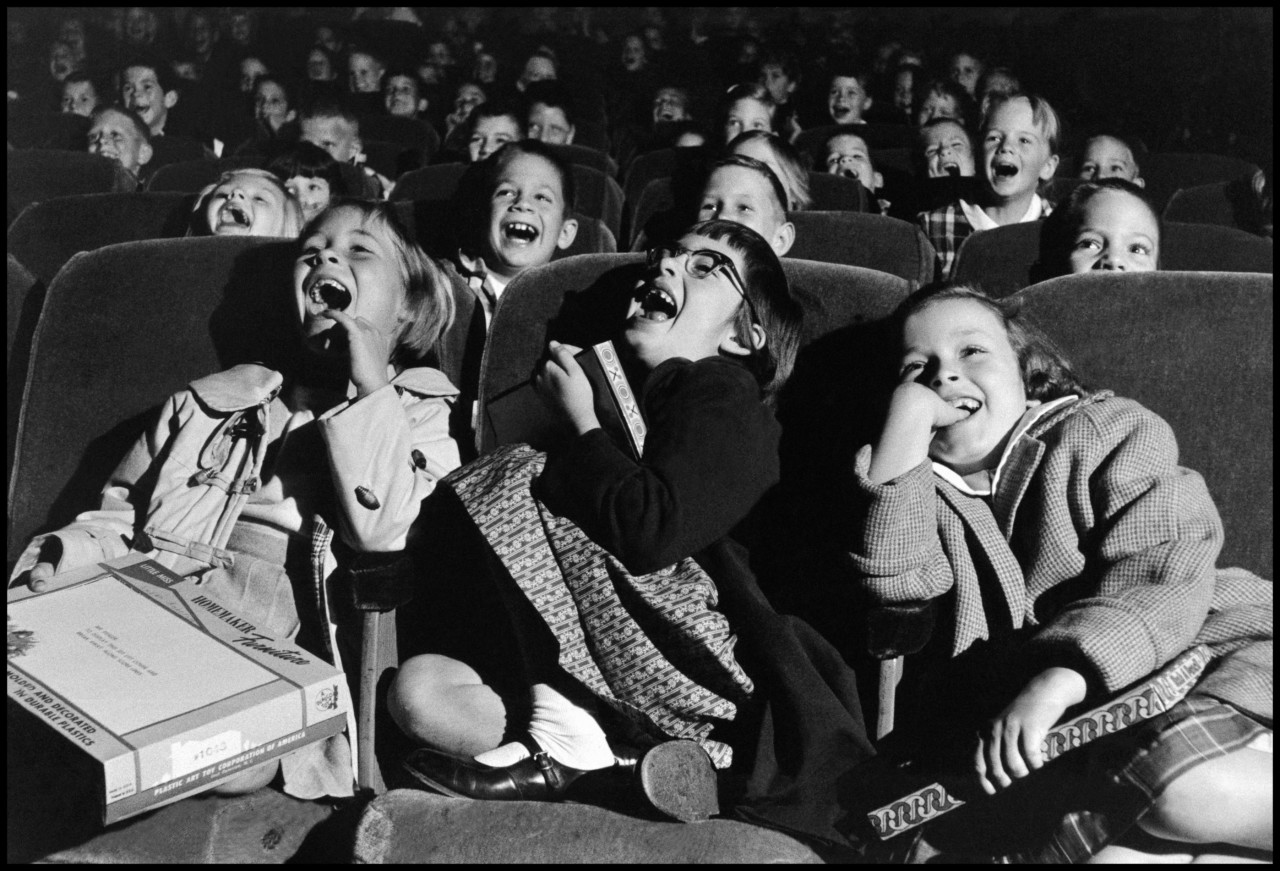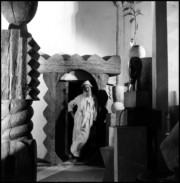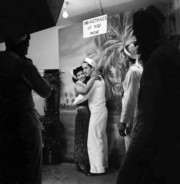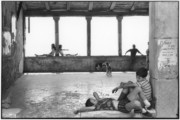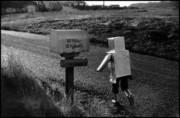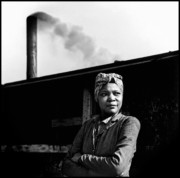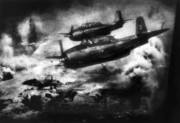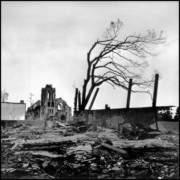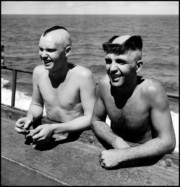Wayne Miller: A Human Touch
Looking back on the life and work of the acclaimed documentary photographer and one of Magnum’s former Presidents on the centenary of his birth
The American photographer Wayne Miller was guided by a desire “to photograph mankind and explain man to man,” as he once put it. This perspective shaped his approach to documenting the array of subject-matter he explored throughout his career: from American soldiers in combat during World War II to the intimacies of his own family life. On the centenary of Miller’s birth, we look back at his life’s work and the part he played in the evolution of photography at an important point in its history.
Miller initially studied banking before attending art school in Los Angeles for two years. He then joined the navy and was the first photographer invited by the esteemed artist and curator Edward Steichen to join the elite Naval photographic unit that he established during World War II. Comprising five photographers, of which Miller was the youngest and most inexperienced, the group’s members were free to photograph what they wished but encouraged by Steichen to focus on the human side of the conflict.
Miller’s images hone in on the everyday lives of the those in the armed forces, and communicate the horror of war through their visible experience of it. “I was continuously thinking about how I could photograph what was in the minds of the sailors and marines,” he explained in a rare interview with David Freese, the then editor of PORTFOLIO, which was published by the American Society of Magazine Photographers (of which Miller was a long-time member) during the summer of 1995. Rather than project his own perspective on a subject, Miller endeavored to capture universal human emotions and experiences; this became a defining quality of his practice.
Miller was also among the first photographers to enter the city of Hiroshima where he documented the devastation inflicted by the atomic bomb in September 1945. He regarded the horror of war as a product of ignorance and was determined to use photography as a means to help dispel this. “We didn’t know the people we were fighting. They didn’t know us. Maybe if we knew each other better, the War would be a different kind of war,” he explains in The World is Young, a short documentary in which Miller reflects on his life and work.
With this in mind, on returning to Chicago, the photographer embarked on a project that he hoped would raise awareness about the marginalized African American community on the city’s South Side. Funded by two consecutive Guggenheim grants, Miller immersed himself in the neighborhood between 1946 to 1948 and produced a studied insight into the everyday lives of its residents. As with his previous work, Miller was motivated by a desire: “to know the people that I saw and to try to express how they were feeling about their daily lives and their families.”
"I was continuously thinking about how I could photograph what was in the minds of the sailors and marines."
- Wayne Miller
In 1952, Steichen, now the director of photography at the Museum of Modern Art, enlisted Miller to assist with the curation of his landmark Family of Man exhibition. The show was intended to celebrate the universal aspects of human experience through photography and epitomized Miller’s belief in the capabilities of the medium. Consisting of 500 photographs from 68 countries, the work on show captured the gamut of life from birth to death. Miller himself exhibited a series of images depicting his wife, Joan, giving birth to their son David. Despite both Steichen and Miller’s concern over how the exhibition would be received, The Family of Man was a great success. The show revolutionized society’s perception of the medium and established documentary photography as an art form in its own right.
"It is amazing to see how another person reacts to life."
- Wayne Miller
This period also marked a moment of transition within Miller’s own work. Following the birth of his first child, the photographer began to turn his lens inwards and dedicated himself to photographing his own family. “It was as though I had never been a child,” he explains in the film The World is Young. “Living it through my children’s’ eyes was exciting to me and very enriching. It is amazing to see how another person reacts to life.” Miller regarded childhood as a period of continual discovery and excitement and endeavored to capture this by documenting the everyday lives of his four children. In 1958 – the same year he was elected to Magnum Photos in New York – a selection of this work was published as Miller’s first photo book: The World is Young.
Miller was President of Magnum Photos from 1962 to 1968 and worked as a freelance photographer for numerous publications, including Life and National Geographic, throughout his career. In the 1970s he largely gave up photography and dedicated himself to preserving the ancient redwood forests in Northern California. He died aged 94 on 23 May 2013. At a time when photography was still a relatively young medium, Miller pioneered a ‘humanistic’ approach that endures today. As he articulates in the documentary The World is Young: “Once you can sensitize yourself as a photographer to what is going on around you, so you’re not trying to express yourself in that picture, but you’re trying to express what the subject feels, that, to me, is maybe what the dreaming is about.”
Browse the Wayne Miller Centenary fine print collection on the Magnum Shop here.


